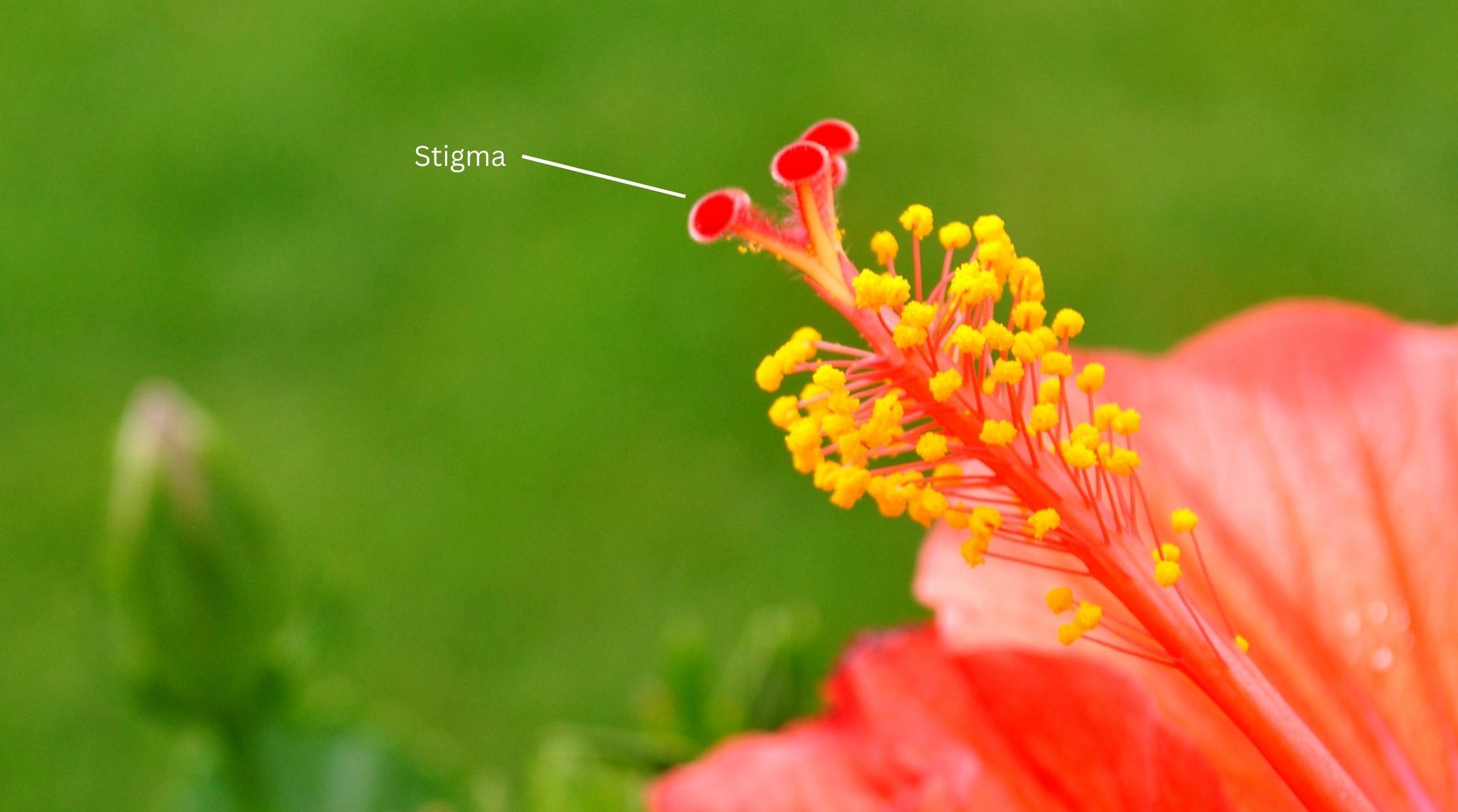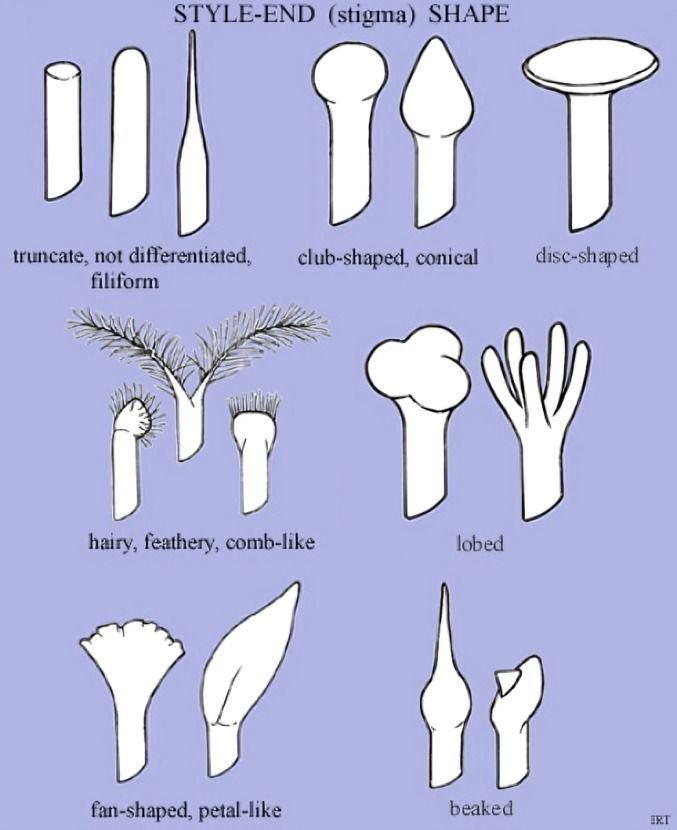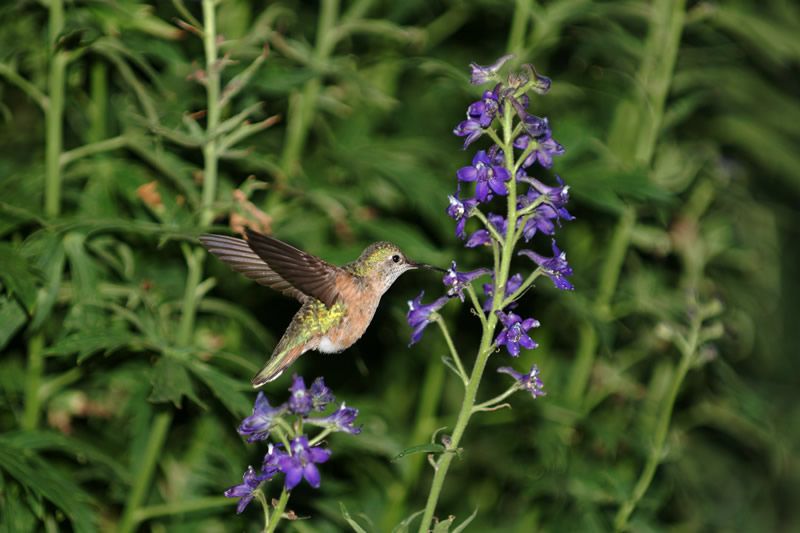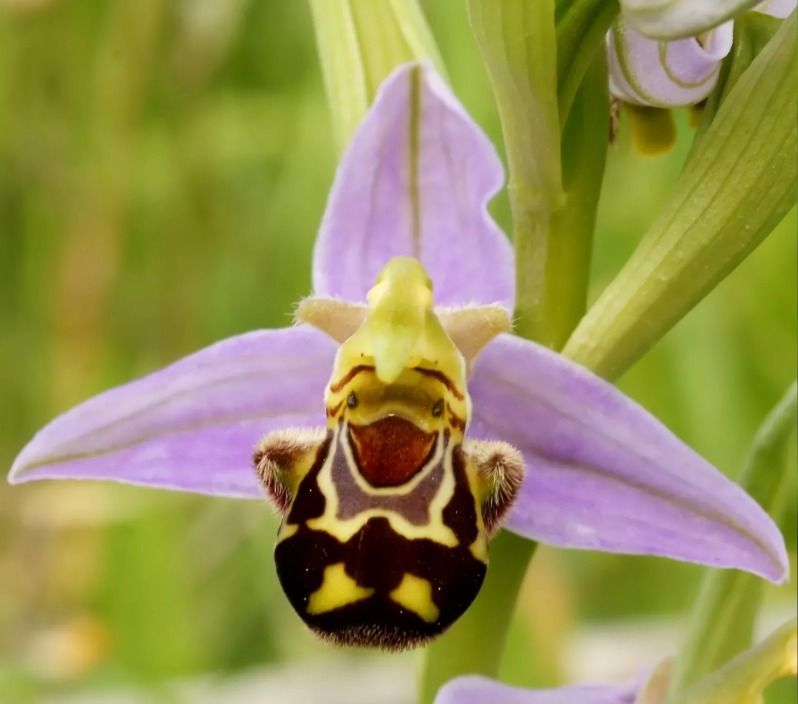
Flower stigmas are essential yet often overlooked components of plant reproduction. These structures play a crucial role in capturing pollen and ensuring fertilization. From their diverse shapes and textures to their unique adaptations for attracting pollinators, stigmas are a testament to nature's ingenuity. In this blog, we will explore 20 captivating facts about stigmas, revealing how they contribute to the reproductive success of flowering plants. Whether you're a botany enthusiast or simply curious about plant biology, these captivating facts about stigmas will illuminate their vital role in nature. 1
The stigma is the feathery part of a flower that receives pollen grains. It plays a crucial role in the reproductive process by capturing pollen for fertilization, ensuring the flower's successful reproduction.2

Stigmas come in various shapes, sizes, and textures, each adapted to specific pollination methods. These adaptations help the flower effectively interact with its primary pollinators, whether they be insects, birds, or the wind.
The lifespan of a stigma is often relatively short, as its primary function is to receive pollen. After fulfilling its role in capturing pollen, the stigma may wither, ensuring that new stigmas can take over in future reproductive cycles. 3
Some stigmas have tiny hairs or projections that aid in capturing pollen grains from the air. These structures enhance the stigma's ability to collect pollen efficiently, improving the flower's chances of successful reproduction. 4

The color of a stigma can influence which pollinators it attracts. Brightly colored stigmas may attract specific insects or birds, while other colors might be adapted to different pollination strategies or environmental conditions.
Research on Brassica plants has shown that stigma structure can impact hybridization success. Variations in stigma morphology can influence cross-pollination rates and seed production.5
Some insects have adapted to steal pollen from stigmas without pollinating the flower. These pollen thieves exploit the flower's resources without providing the necessary pollination, which can affect the flower's reproductive success. 6
Some stigmas can change shape after pollination to prevent further pollen reception. This adaptive mechanism ensures that only the appropriate amount of pollen is received, preventing overcrowding and ensuring optimal fertilization. 7
Pollen released from stigmas is a common cause of allergies in humans and animals. The proteins in pollen grains can trigger allergic reactions, leading to symptoms like sneezing, itching, and respiratory issues in susceptible individuals. 8
Many stigmas have sticky or feathery surfaces to effectively capture and hold pollen grains. This adaptation is crucial for successful pollination, as it maximizes the chances of pollen adhering and achieving fertilization. 9
Some stigmas produce a fluid that aids in pollen germination and growth. This fluid helps the pollen grain to develop and penetrate the ovary, facilitating successful fertilization and seed development. 10
Recent research suggests that some stigmas may use electrostatic forces to attract pollen. This phenomenon involves charged particles interacting with pollen, enhancing the stigma's ability to capture and hold onto pollen grains. 11

Certain orchids have evolved stigmas that mimic the appearance of female insects to attract male pollinators. This mimicry strategy increases the likelihood of pollination by deceiving male insects into attempting to mate with the stigma.
The stigma is a key component of the pistil, which is the female reproductive structure of a flower. The pistil also includes the style and ovary. Together, these parts work to receive pollen, facilitate fertilization, and support seed development. 12
The receptivity of a stigma can be influenced by weather conditions, such as temperature and humidity. Variations in these environmental factors can affect the stigma's ability to attract and hold pollen, impacting the flower's reproduction. 13
The stigma of the Crocus sativus flower, known as saffron, is meticulously harvested to produce a highly valuable spice. This process highlights the economic significance of stigmas and their role in premium culinary applications. 14
The stigma’s surface is covered with specialized cells called stigmatic papillae, which greatly increase its surface area for pollen adhesion. This adaptation improves pollen capture and retention, aiding successful fertilization. 15
The stigma of saffron, a prized spice, offers potential antioxidant, anti-inflammatory, and mood-enhancing benefits. It's used to support digestion and cognitive function, but professional advice is recommended. 16
Stigmas have been found in fossilized flowers, offering insights into the evolution of flowering plants. These ancient stigmas provide valuable information about how plants and their reproductive strategies have developed over millions of years. 17
Scientists continue to study the complex interactions between stigmas and pollen to improve crop yields and understand plant reproduction. This ongoing research aims to enhance agricultural practices and ensure successful plant breeding and growth. 18


